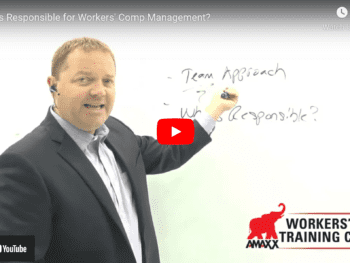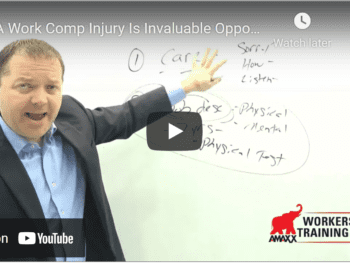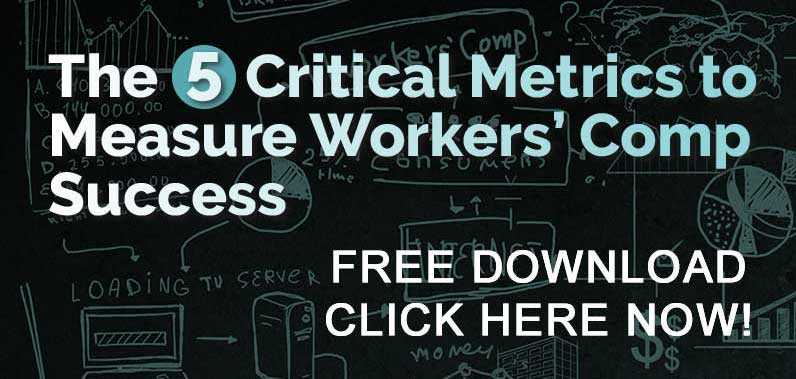
A Common Scenario: I Only Use Independent Contractors
ABC Lawn Care Company was started by two brothers dedicated to the perfect summer lawn. Given their attention to detail and drive to make all lawns look better than the local professional sports team field, they became a smashing success overnight. The hours became long, and their passion for the perfect blade of grass diminished. Wanting to succeed and not increase costs, they put an ad in a local newspaper for help.
Click Link to Access Free PDF Download
“4-Step Sequence For Effective Employee Screening, Hiring, & Placement”
The terms were simple – anyone joining the “team” would be an independent contractor. They needed to use their equipment, and the number of hours was up to the individual. The added help created more demand for world-class lawns. Soon others were coming under the same terms, but they started letting people use ABC Law Care Company mowers and transportation. Hours were set as countless yards needed attention.
One day there was an injury. While working in a yard, Billy Bob, a newly minted independent contractor, stepped on a divot and injured his knee. Being without insurance, Billy filed a workers’ compensation claim. The two brothers smiled and said, “You are an independent contractor. You are not covered under work comp!”
Does a 1099 Tax Form Make Someone An Independent Contractor
Workers’ compensation statutes only cover employees of an employer. When someone is an independent contractor, the company is not required to cover those persons for workers’ compensation insurance. These people are paid directly without tax withholdings and do not receive a W-2 tax form at the end of the calendar year. Problems arise when independent contractors are actually “employees” and are covered for purposes of workers’ compensation.
Statutes and administrative rules define the employment relationship and whether someone is an “employee.” These parameters include the following characteristics:
- Right of Discharge: An employer can typically discharge an employee with little or no notice. On the other hand, an independent contractor is someone who has defined rights of termination spelled out in a contract;
- Exclusivity of Employment: Evidence of an independent contractor can be demonstrated via advertising to the general public. This includes displaying signs seeking work and holding a particular license. They will also advertise in trade publications, etc.;
- Compensation: Employees are generally paid based on an hourly wage and are paid on a reoccurring basis. This differs for independent contractors paid on a customary frequency for a particular job.
- Termination: Employees can terminate their job at any time. This is not the case for an independent contractor. In that type of employment setting, there is usually some financial liability on their part for not completing a task or assignment.
- Investment in Equipment: Examining facilities used when performing services also takes place. This includes using tools and other items to perform a task or job. Independent contractors will typically use their own equipment, which includes covering the expenses for repair.
- Responsibility and Control: This factor is given the most deference when determining if someone is an employee or independent contractor. In independent contractor situations, the person performing the work can set the parameters for completing the project, including entering into a subcontractor agreement. They are free to come and go when they want, with the responsibility of completing the project by the assigned time. Employees take direction from their supervisor and do not have the freedom of an independent contractor.
Reviewing issues concerning employee/independent contractor is also a crucial factor for audits and the determination of the correct premiums for insurance. Employers who bend the rules can be subject to penalties and insurance assessments.
Conclusions
Employment situations change over time, and whether someone is an employee is not exclusively defined by tax documents. In the above hypothetical, people like Billy Bob were likely independent contractors free to come as they saw fit and performed work with their own tools. However, the relationship developed, and ABC Lawn Care Company likely made the hired help “employees” based on the degree of control and allowing others to use their equipment. Be on guard for these situations in your claims practice.

Contact: mstack@reduceyourworkerscomp.com.
Workers’ Comp Roundup Blog: http://blog.reduceyourworkerscomp.com/
©2023 Amaxx LLC. All rights reserved under International Copyright Law.
Do not use this information without independent verification. All state laws vary. You should consult with your insurance broker, attorney, or qualified professional.















